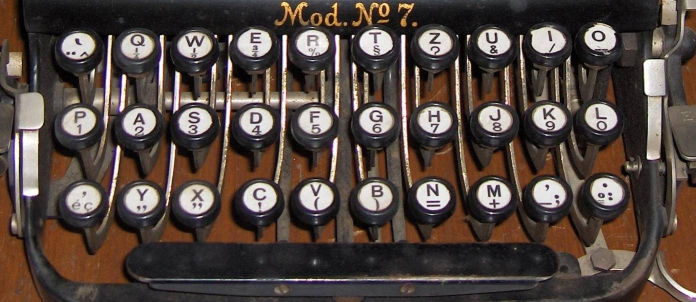Ancient slash → new back-slash → disambiguating retronym forward slash
Ancient Roman coins - Solidus and Denarius.
The slash character came first, with a different formal name solidus. This name comes from Latin and was associated with coinage - hence (I guess) it's use in writing down prices in older currencies: 10/6 was quite a common notation for prices in British currency pre-decimalisation. The solidus mark probably indicates the first number is units of solidus, the second of denarius. Or in the British case: shillings and pence. Note common first letter abbreviations s and d were used in Britain (also £ is L for Latin libra).
The slash (or solidus) was around for a very very long time before the reversed version was invented. The reversed version therefore acquired the more informal name back-slash to indicate a reversed form of slash.
The name "forward slash" has probably evolved since the general public started to use computer keyboards incorporating two characters that look like a slash. There was a need to disambiguate slash for people who didn't learn about computers in a formal teaching context.
1899 - Adler typewriter company.
Slash, but no backslash.
1963 - American Standard Code for Information Interchange (ASCII)
American Standards Association (ASA) X3.4 subcommittee
/ slant
...
\ reverse slant
1991 - Unicode consortium
002F / SOLIDUS
= slash, virgule
005C \ REVERSE SOLIDUS
= backslash.
So it is clear that the name backslash was introduced to indicate a novel character that was the reversed version of a long established character.
The name forward slash therefore subsequently became needed to disambiguate the name for the earlier character.

